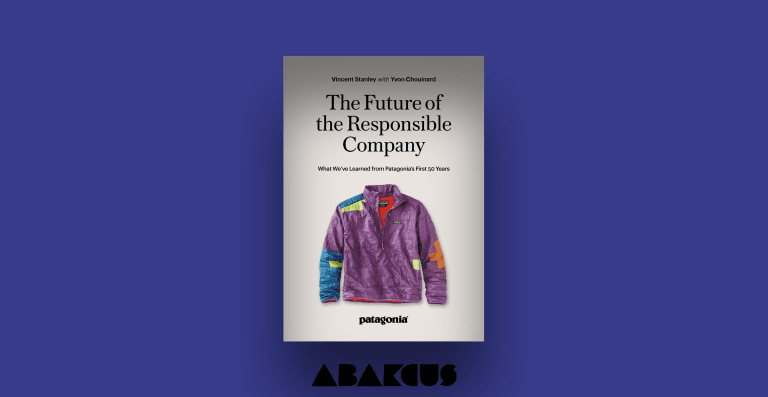Randall Munroe, the creative genius behind the immensely popular webcomic xkcd, returns with a sequel to his wildly successful book, “What If?. “ In this latest installment, Munroe takes on a fresh batch of bizarre, fascinating, and utterly absurd questions from readers around the globe. “What If? 2” is not just a book; it’s a thrilling expedition into the frontiers of science, imagination, and curiosity.
For those unfamiliar, Munroe has a background in physics and worked for NASA before becoming a full-time webcomic artist. He leverages his scientific expertise to explore hypothetical scenarios that range from the mind-boggling to the downright hysterical. The sequel continues in the same vein as its predecessor, tackling even stranger queries with the help of cutting-edge research and a healthy dose of humor.
Have you ever wondered whether you could ride a fire pole from the Moon back to Earth? Or what would happen if you attempted to cool the Earth’s atmosphere by having everyone open their freezer doors simultaneously? These are the kinds of questions Munroe delights in answering, combining rigorous scientific analysis with drawings that both illustrate complex concepts and entertain.
Whether it’s the logistics of feeding New York City’s population to a Tyrannosaurus rex or the outcome of filling every church with bananas, no question is too outlandish. Munroe consults the latest research, from swing-set physics to the aerodynamics involved in catapulting airliners, to provide answers that are as informative as they are intriguing.
“What If? 2” shines in its ability to make complex scientific principles accessible and entertaining. Munroe’s talent lies in his knack for distilling complex ideas into concise, understandable explanations complemented by his signature stick figure drawings. The book is a testament to the fun that can be found in scientific inquiry and the joy of letting curiosity lead the way.
Beyond the humor and wild hypotheticals, there’s a clear reverence for the scientific method and the pursuit of knowledge. Munroe encourages readers to ask questions, no matter how silly they may seem, demonstrating that learning can be a wildly fun adventure.
Some readers might find the subject matter too whimsical or deem the scenarios too impractical to warrant investigation. However, this critique might miss the point of the book, which is to revel in the absurd and appreciate the scientific pondering it provokes. It’s a celebration of curiosity, after all — not a conventional scientific textbook.
“What If? 2” is an absolute treasure for fans of the first physics book, newcomers to Randall Munroe’s work, or anyone with a curious mind. It blends humor, science, and art in a way that is uniquely Munroe’s. This book is not only a compelling read but also an invitation to marvel at the marvelously weird world of scientific speculation.
In a world where the pursuit of knowledge can sometimes seem daunting or drudgery, Munroe reminds us of the sheer delight in asking, “What if?”







